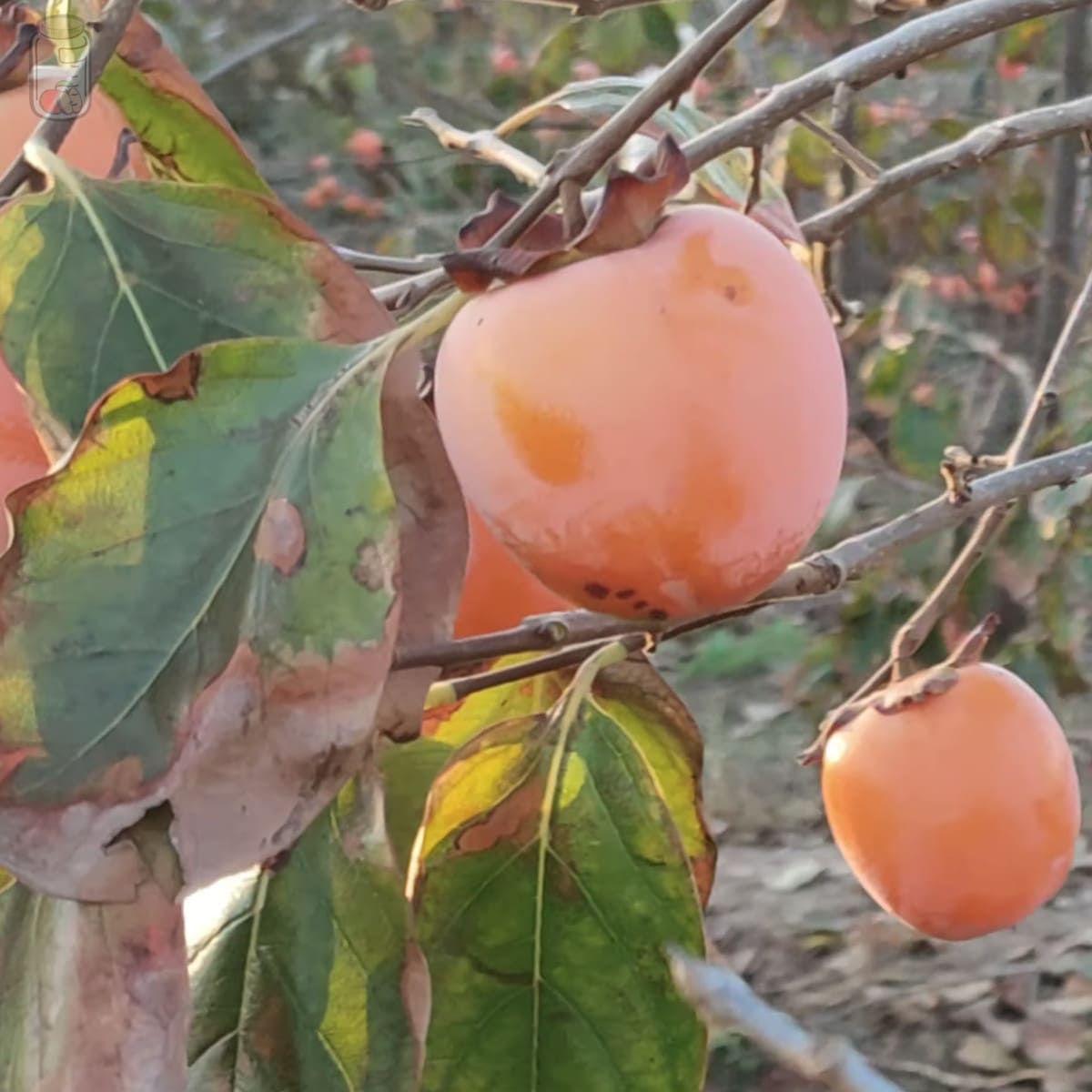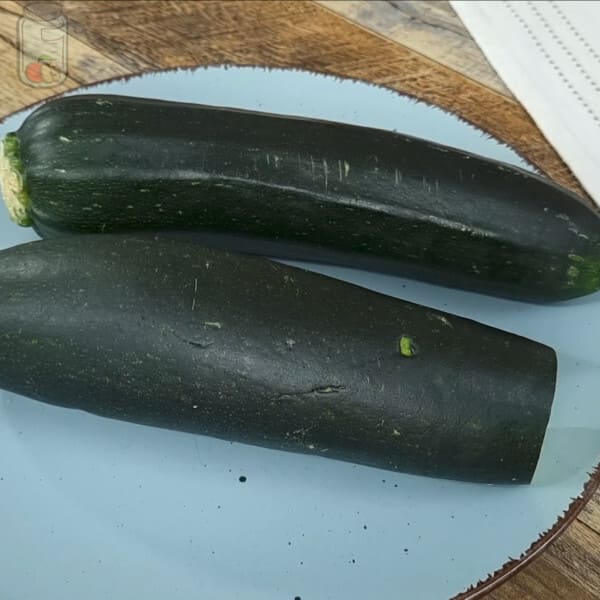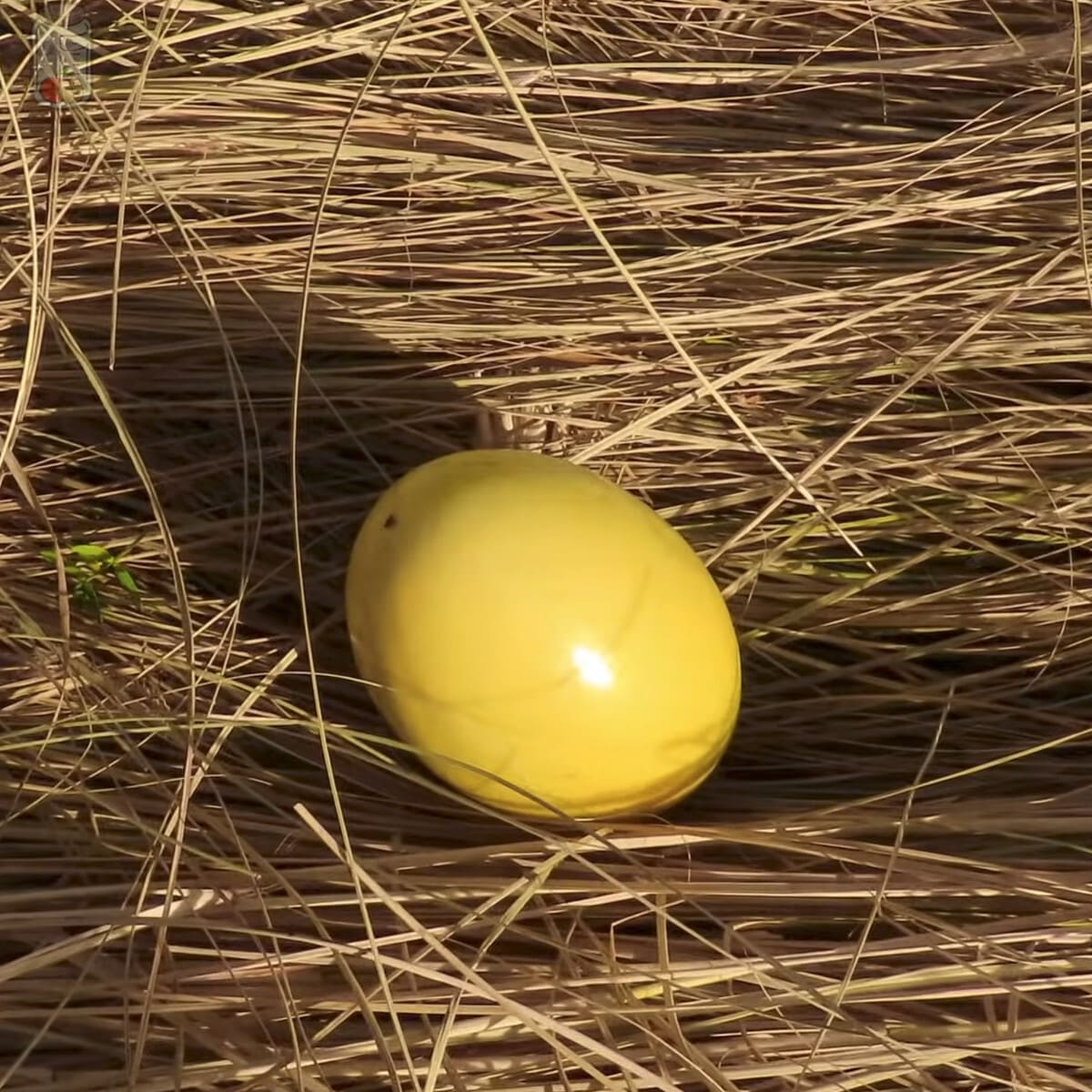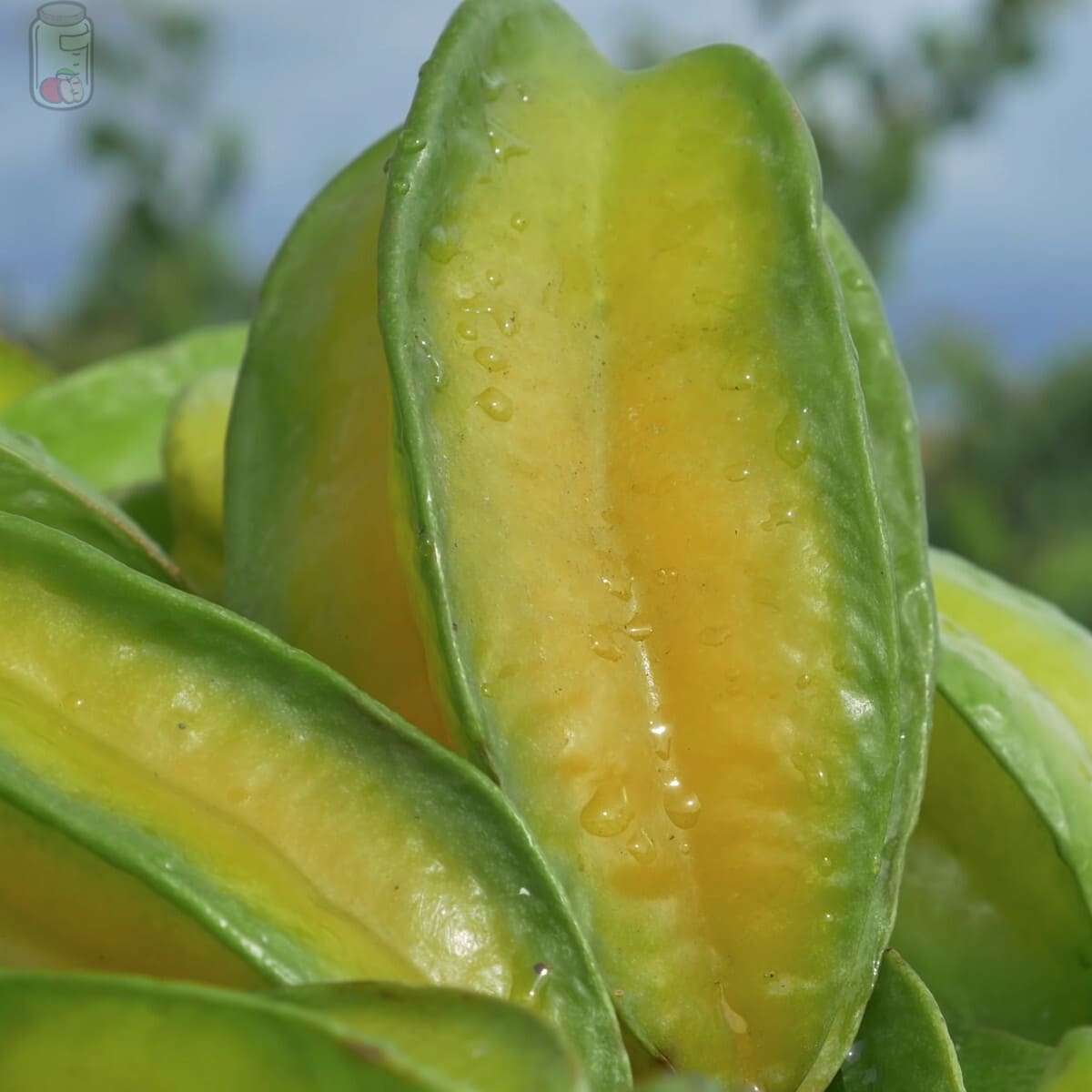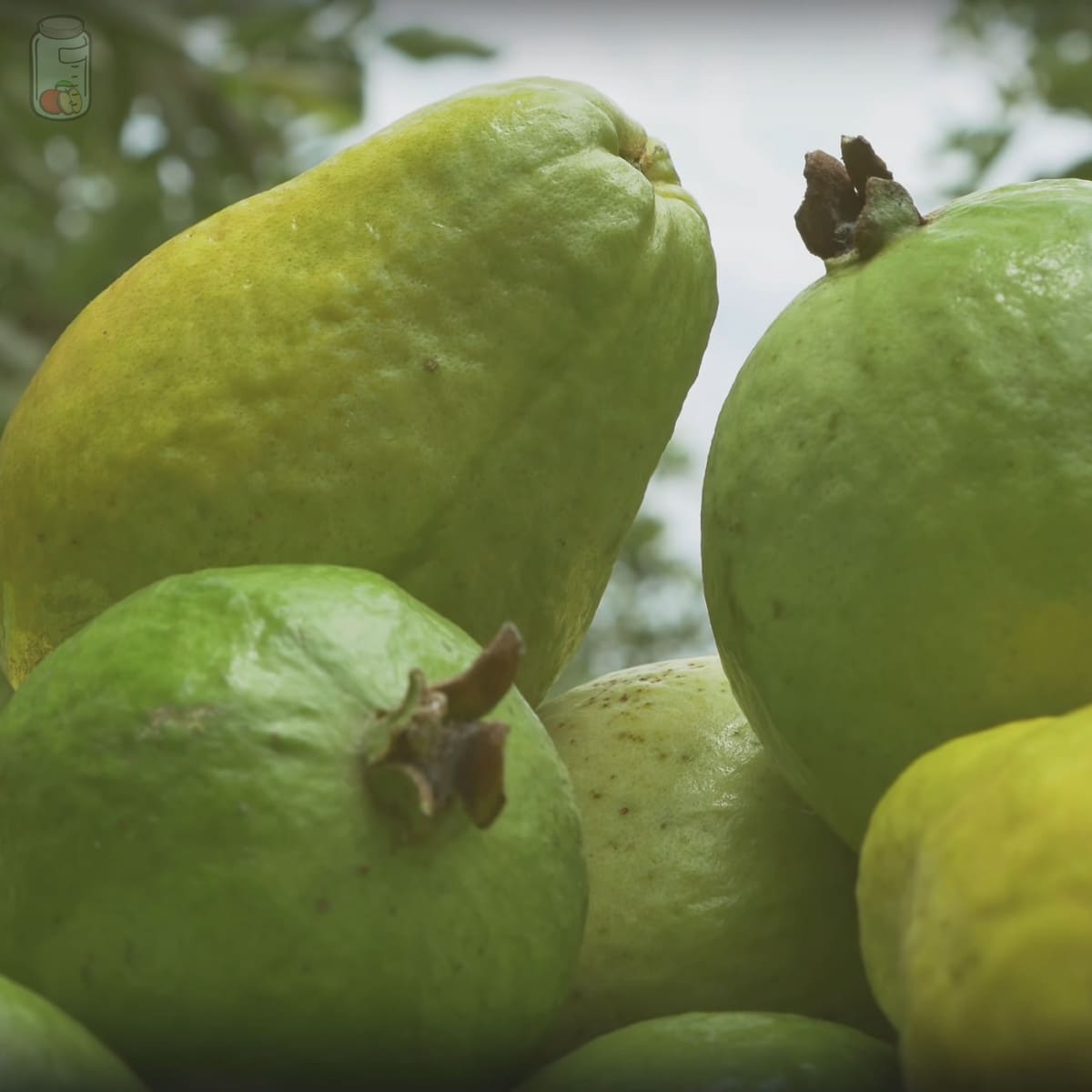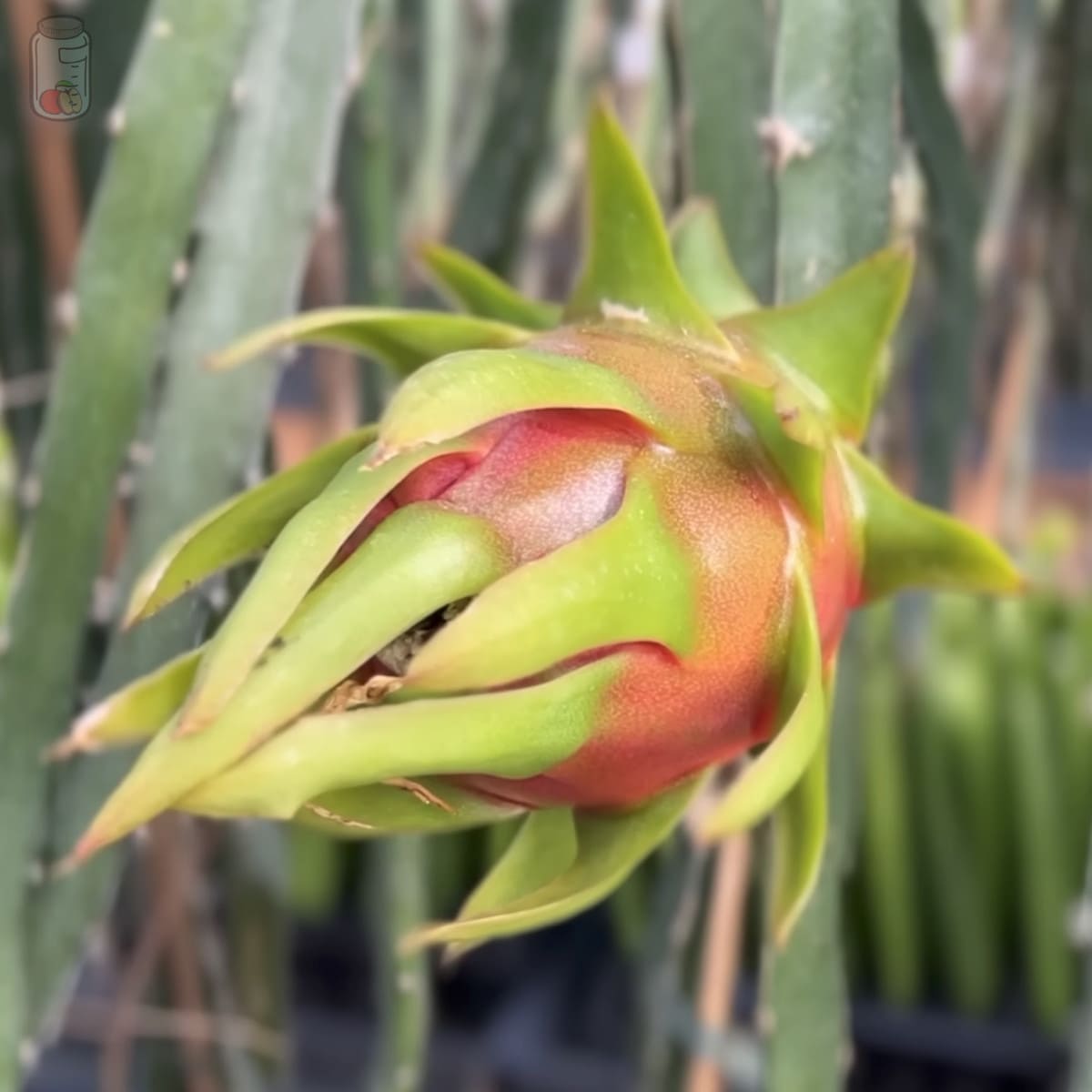Persimmon is not a common fruit, but it is soft and sweet. It also has several species, but that is not an obstacle to create and respond the main question, “how is persimmon preserved?”
If persimmons are green, it’s best to let them ripen at room temperature for 5 to 7 days, or you could keep them refrigerated for a month. And if you want to freeze them, you must wait until they ripen, and they will last three months.
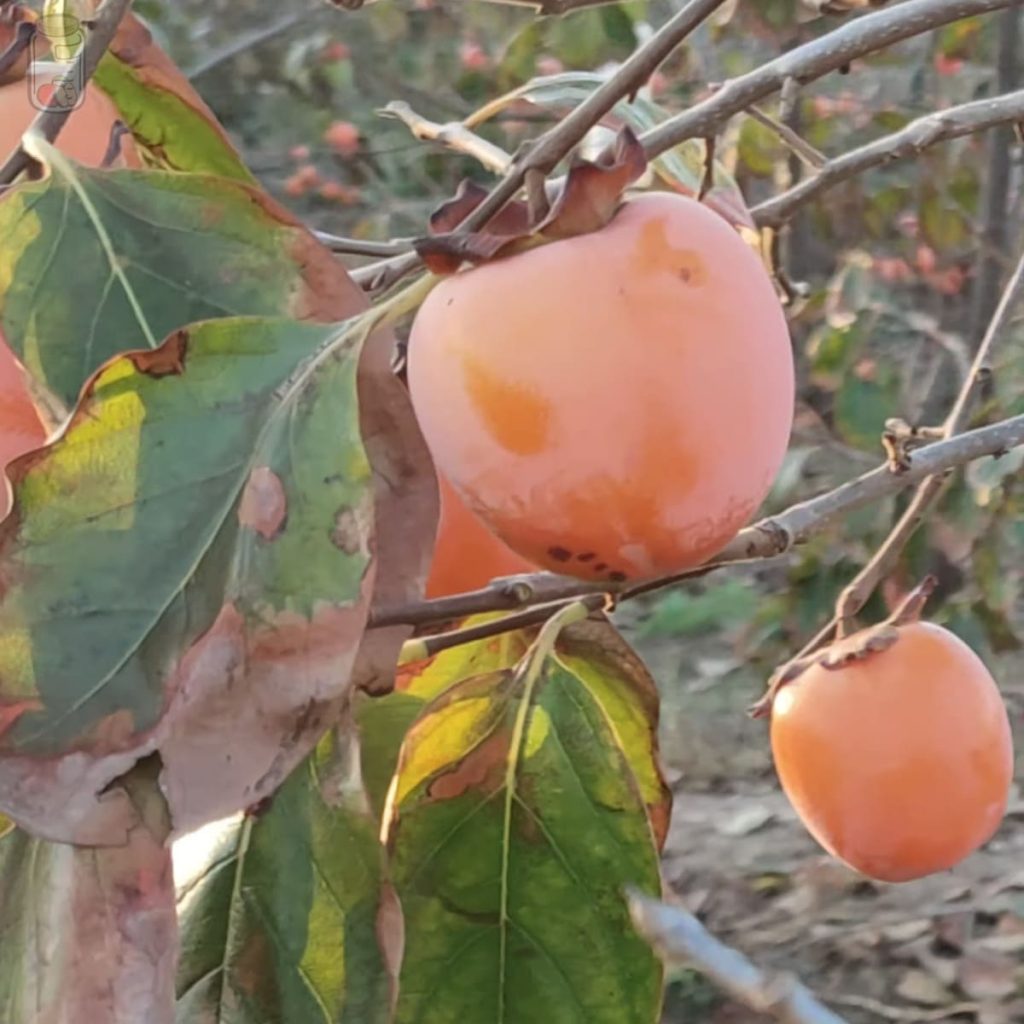
To know how persimmons are preserved, you must continue reading.
How to store persimmons at room temperature
Well, some species of persimmons are astringent; that is, they have tannins and, therefore, are toxic if consumed when they are green. For that reason, you must wait until they mature to eat them.
Most persimmons are not eaten immediately after harvesting because if they overripen, in addition to being much safer to consume, their flavor will significantly improve.
Therefore, if the persimmons you bought are green, you can leave them, at room temperature, inside a non-airtight paper or plastic bag or place them in a basket and cover them. Still, in any case, you will have to put them next to each other because if you pile them up, they will be bruised.
In addition, you should place them in an area where the sun does not hit directly, which is not humid but only very cool. This way, green persimmons could take 5 to 7 days to ripen at room temperature.
I recommend turning the persimmons every few days so that they do not bruise too much on one side.
You should not wash them with water; use paper towels or even a tea towel to remove the dust.
If the persimmons are ripe, you can place them in a basket or on a rack, in a place where they remain ventilated, but away from the sun’s rays and free of moisture, so the ripe persimmons can be between 1 or 2 days at room temperature.
How to store persimmons in the fridge
If persimmons are ripe or chopped, or you do not have a safe space to store green persimmons, you can keep them in your refrigerator. In addition, persimmons are said to taste better when they are cold.
- Step 1: Remove dirt from persimmons.
Only wash persimmons with water if you chop them, as they are wet and would be damaged quickly. Instead, you can remove dirt with absorbent paper or a dry, clean towel.
- Step 2: Place the persimmons in an airtight bag or container.
You can put persimmons inside an airtight container or bag. Just make sure you don’t pile them up.
- Step 3: Write the storage date of green persimmons.
If you stored some green persimmons in the fridge, I recommend putting the storage date on the bag, sticking a label to the container, or putting a little tape on it and writing the date on it.
- Step 4: Store persimmons in the fridge.
Put the green persimmons in a cool area, not very cold, so that they ripen slowly; the green persimmons can be a month in the fridge.
Conversely, keep the ripe persimmons in a cold area for 5 or 7 days. At the same time, the chopped persimmons will keep for 2 or 3 days in the coldest part of the refrigerator. [1]
How to freeze persimmons
Can persimmons be frozen? Only ripe persimmons can be frozen, and it is recommended only to freeze their pulp as follows:
- Step 1: Wash the persimmons.
As you will need to cut the persimmons, first wash it or s with water, rubbing its skin well to remove all the dirt they may have.
- Step 2: Extract the pulp from persimmons.
If persimmons are fully ripe, they sink when squeezed slightly. Cut them with a sharp knife on top, around the stem, which looks like a brown crown.
Lift that area you chopped, and with a spoon, extract the soft pulp, which should be like a thick cream, and throw it into a bowl. Remove the seeds with a spoon or fork.
But if the persimmon is still firm, with the skin of a deep orange or almost red tone, remove the skin with a peeler and chop them into slices. Get rid of the seeds.
- Step 3: Put the pulp in sturdy bags or containers.
I advise dividing the pulp since persimmon cannot be re-frozen once thawed. If you have several small bags or containers, you can put them inside a larger bag.
You can also put the liquid pulp in a mold to make ice cubes, and when they freeze, pass it to a bag or resistant container.
In the case of the sliced trip, you can also put it to freeze first so that they do not stick, so put them on a tray with parchment paper, and put it in the freezer for 4 or 6 hours, then pass them to containers or sturdy bags, so they do not stick to.
- Step 4: Write down the storage date.
You can write the storage date on the bag or container.
- Step 5: Store persimmons in the freezer.
Persimmon can be frozen for 3 months.
To thaw it, put the portions you need in the fridge one night before, and there it can be for 1 or 2 more days.
How to dehydrate persimmons
You can dehydrate persimmons in two ways: at room temperature or in a food dehydrator. I do not recommend doing it in a conventional oven since it would take too long and would not be completely dehydrated.
How to dehydrate persimmons at room temperature
To dehydrate the persimmons at room temperature, you should choose them at the right time: they are not green but not very ripe either. In other words, the persimmon should have an intense orange color but must still be firm.
- Step 1: Wash and chop the persimmons.
With water, wash the persimmons well, rub their skin to remove all the dirt, then peel them without removing the stem.
- Step 2: Tie the persimmons.
You can tie the persimmons by the stem or stick a screw in that area to hang them or link them all over their body.
- Step 3: Dehydrate the persimmons.
Hang the persimmons in an area where the sun can hit you directly but that is a place safe enough for flies, bugs, or animals to prevent contamination.
Depending on the heat, it will take 3 to 4 weeks to dry. The pulp will acquire a darker and wrinkled tone but will have a rubbery consistency.
- Step 4: Store the persimmons dehydrated.
In a dark, cool, dry place, you can chop the dried persimmons in a glass container with an airtight lid for about 6 or 8 months at room temperature.
If you want them to last longer, you can freeze dehydrated persimmons for 2 to 5 years. Then, just put them in a freezer-resistant container or bag.
Remember that in both cases, you should set the storage date.
How to dehydrate persimmons with a food dehydrator
With this method, you can dehydrate persimmons a little faster, as follows.
- Step 1: Wash and chop the persimmons.
Wash persimmons thoroughly with water, rubbing their skin to remove all the dirt. Then remove the stem with a sharp knife, and if you want, you can also peel them and then chop them into slices one finger thick.
- Step 2: Dehydrate persimmons.
Place the pieces of persimmons on the racks of the food dehydrator, leaving space between them so that the air circulates better. Set the temperature to about 135°F (57°C) and dehydrate for 20 to 24 hours.
You’ll know that persimmon dehydrates if they get rubbery, and you’ll notice that you overdid it if they become brittle.
- Step 3: Transfer the dehydrated persimmons to an airtight container.
Wait until persimmons cool to put them in a glass jar with an airtight lid, or store them in an airtight bag or container made of plastic.
- Step 4: Enter the storage date.
You can put a label with the date on the container or jar; if not, place some tape and write down the date with a marker. You can also put the date on the container or bag.
- Step 5: Store the dehydrated persimmons.
You can put them in a dry, cool, and dark place. That way, the dehydrated persimmons will remain for a whole year. But you can also store dehydrated persimmons in the freezer for 2 to 5 years.
How to preserve persimmon jam
To prepare a jam with persimmons, you will need a kilo of this fruit, preferably ripe but still firm, half a kilo of sugar, lemon juice, and four cloves.
- Step 1: Wash, peel and chop the persimmons.
Before cutting persimmons, wash them with water and rub their skin thoroughly. Then remove their stem, peel them, and chop them into pieces. Be sure to remove the seeds.
- Step 2: Prepare the persimmon jam.
Add all the ingredients to a thick bottom pot and cook over medium heat for 30 or 45 minutes. You have to stir it constantly with a wooden spoon.
You can crush the large pieces with a spoon or potato masher. When ready, it will have a thicker consistency.
- Step 3: Transfer the persimmon jam to glass jars.
Please wait for the jam to cool before passing it to glass jars. The jars must have a screw cap or be airtight. In addition to being completely dry before filling them with the jam, leave at least one finger of space.
- Step 4: Vacuum-seal persimmon jam.
Arrange a clean kitchen cloth at the bottom of a large pot with a thick base, or put a rack, and place the jars with the persimmon jam on top so
that they do not collide with each other or with the pot.
Cover the jars with water, cover the pot, turn on the stove to the maximum and when it starts to boil, lower it, and cook for 20 or 30 minutes. In that way, all the air will come out of the jars because of the pressure.
After that, please turn off the heat and leave the jars in the water until it cools. Then, remove them and put them in a shady place for 6 or 12 hours or until they feel cold.
- Step 5: Place the date of preparation of the jam.
Attach a label with the jam preparation date to the jars. But you can also put a little tape on them and put the date on top.
- Step 6: Save the persimmon jam.
If you live in an area with a climate below 25°C (77°F), you can put the jar sealed with persimmon jam in a dry, dark, and cool place for 10 or 12 months, but once it is opened, it will only last 3 to 4 months at room temperature.
If the weather exceeds 25°C, storing the persimmon jam inside the fridge will be much more convenient. The jar sealed with persimmon jam can keep between 12 and 18 months in the refrigerator, and 6 months after you have uncovered the pot.
You can freeze persimmon jam for 2 to 5 years, but you have to place it in an airtight container or bag suitable for being in the freezer. In this case, you do not need to vacuum seal the jam.
How do you know if persimmons are spoiled?
Like any other fruit, persimmons are bad if they give off a rotten stench or taste very bad, although not to be confused with the taste that green persimmons can have.
And unlike other fruits, when persimmon becomes very soft and its pulp becomes practically liquid, it is still in good condition. So you will have to look if it has some spots with lint, between black and white, which will indicate that it developed mold.
How long do persimmons last?
| Product | Duration |
| Green persimmon at room temperature | 5 – 7 days |
| Ripe persimmon at room temperature | 1 – 2 days |
| Green persimmon in the fridge | 1 month |
| Ripe persimmon in the fridge | 5 – 7 days |
| Chopped persimmon in the fridge | 2 – 3 days |
| Frozen persimmon | 3 months |
| Persimmon dehydrated at room temperature | 6 – 8 months |
| Dehydrated persimmon (with dehydrator) at room temperature | 1 year |
| Dehydrated persimmon in the freezer | 2 – 5 years |
| Persimmon jam at room temperature (sealed) | 10 – 12 months |
| Persimmon jam at room temperature (open) | 3 – 4 months |
| Persimmon jam in the fridge (sealed) | 12 – 18 months |
| Persimmon jam in the fridge (open) | 6 months |
| Frozen persimmon jam | 2 – 5 years |
What is the best way to preserve persimmons?
Green persimmons are well preserved at room temperature, as they mature, however, there is nothing better than a refrigerated persimmon, since the cold significantly improves its flavor.
For more extensive storage, freezing is an excellent alternative; although the texture may change slightly, its flavor will be maintained or even improved.
Another option is dehydrating persimmons, which will allow you to improve their flavor and make them available for a good season. You can also prepare a persimmon jam to take advantage of the fruit and preserve it for several months.
If you want to know how to store some other fruit, here you have hundreds of topics on preserving food and products that could be very helpful.
[1] https://extension.purdue.edu/foodlink/food.php?food=persimmon#:~:text=It%20is%20best%20to%20store,unwashed%20in%20a%20plastic%20bag.

